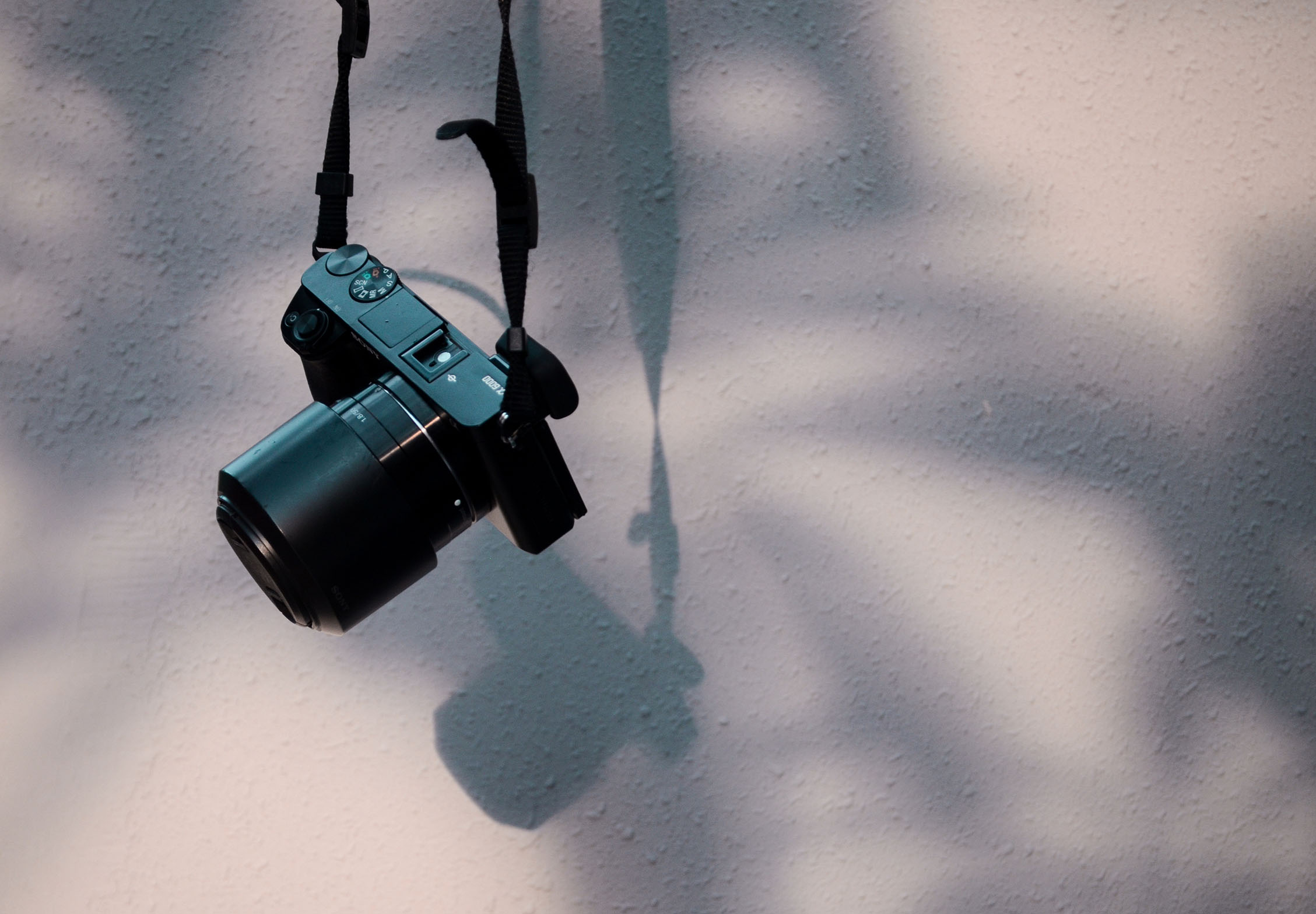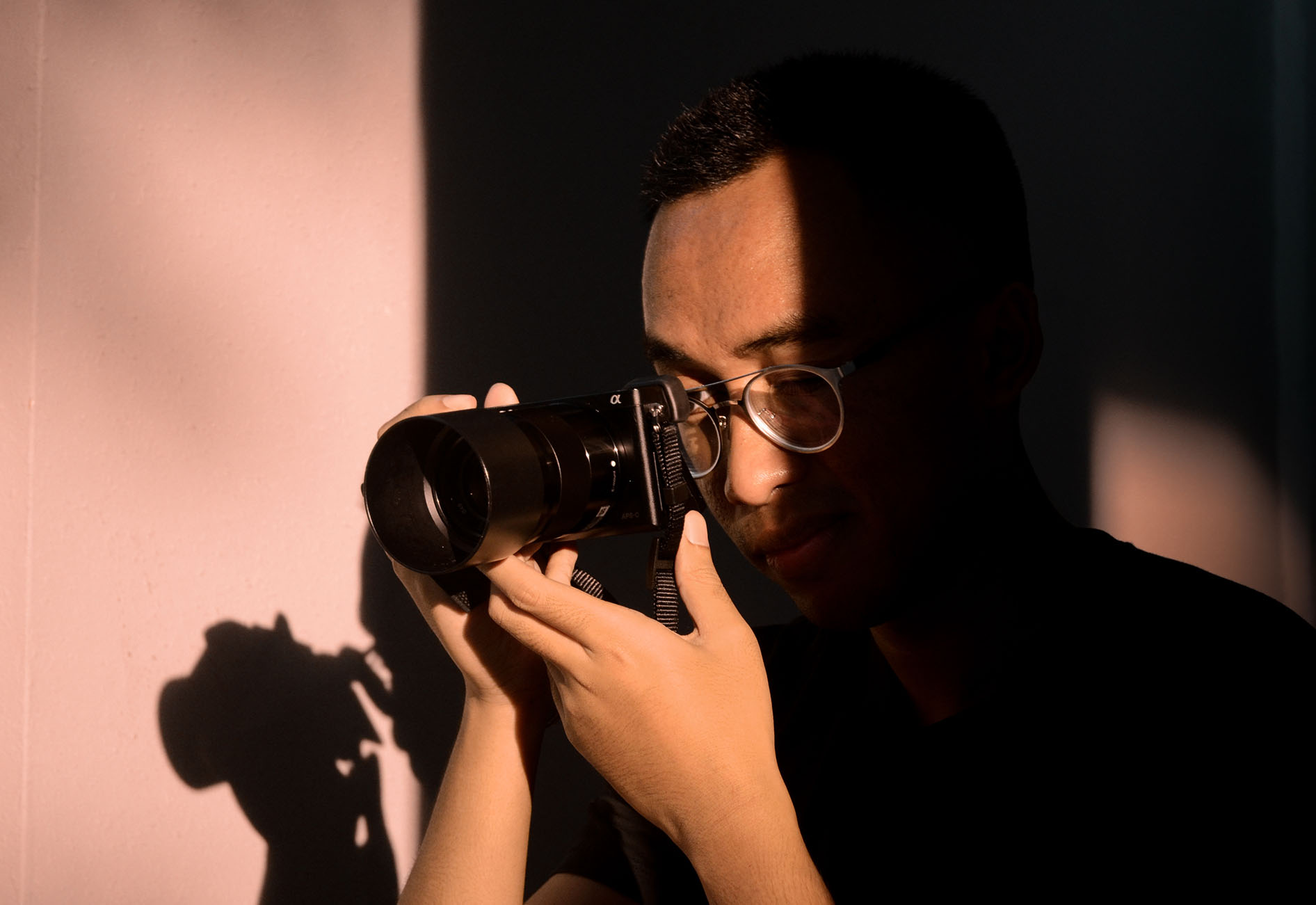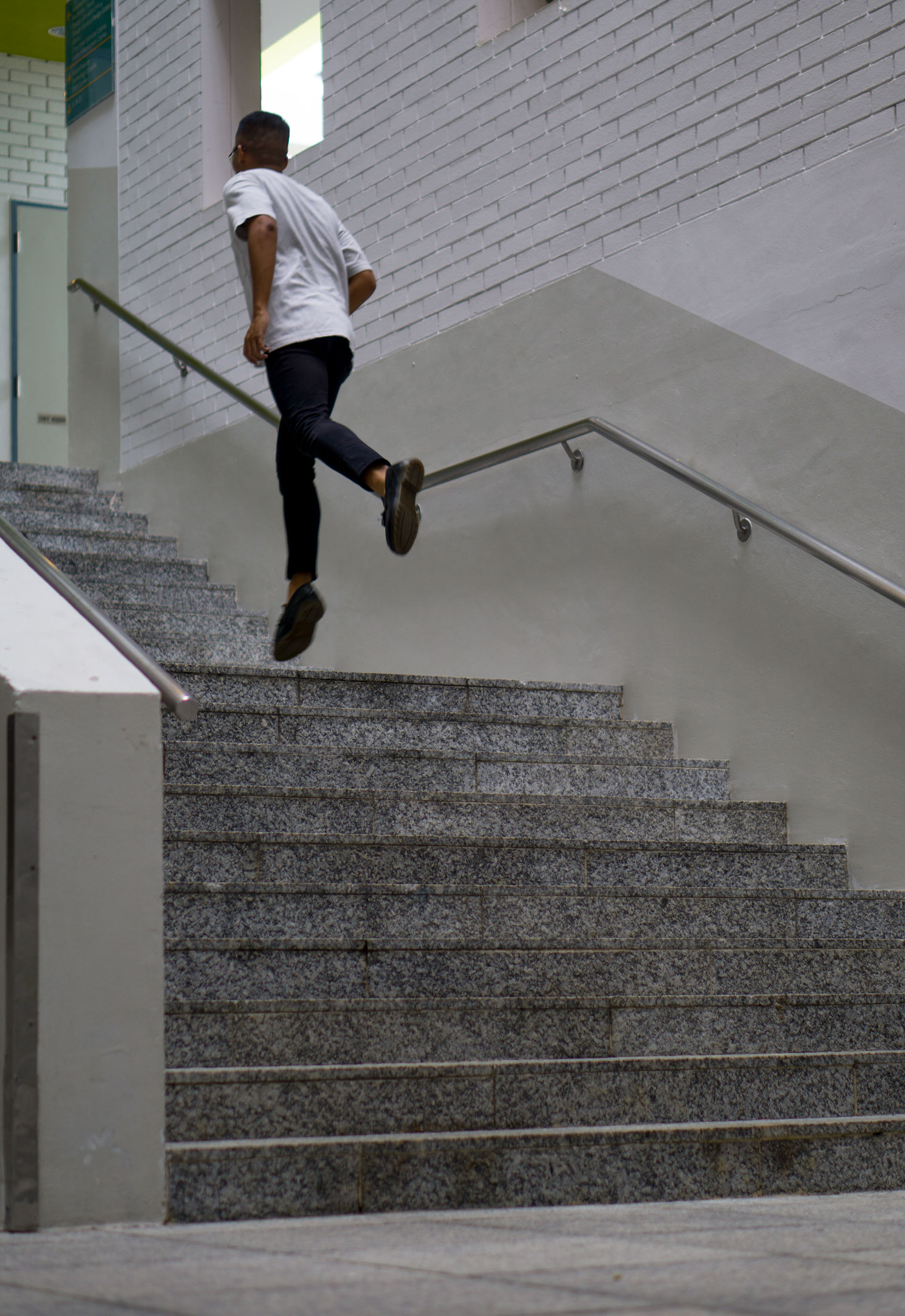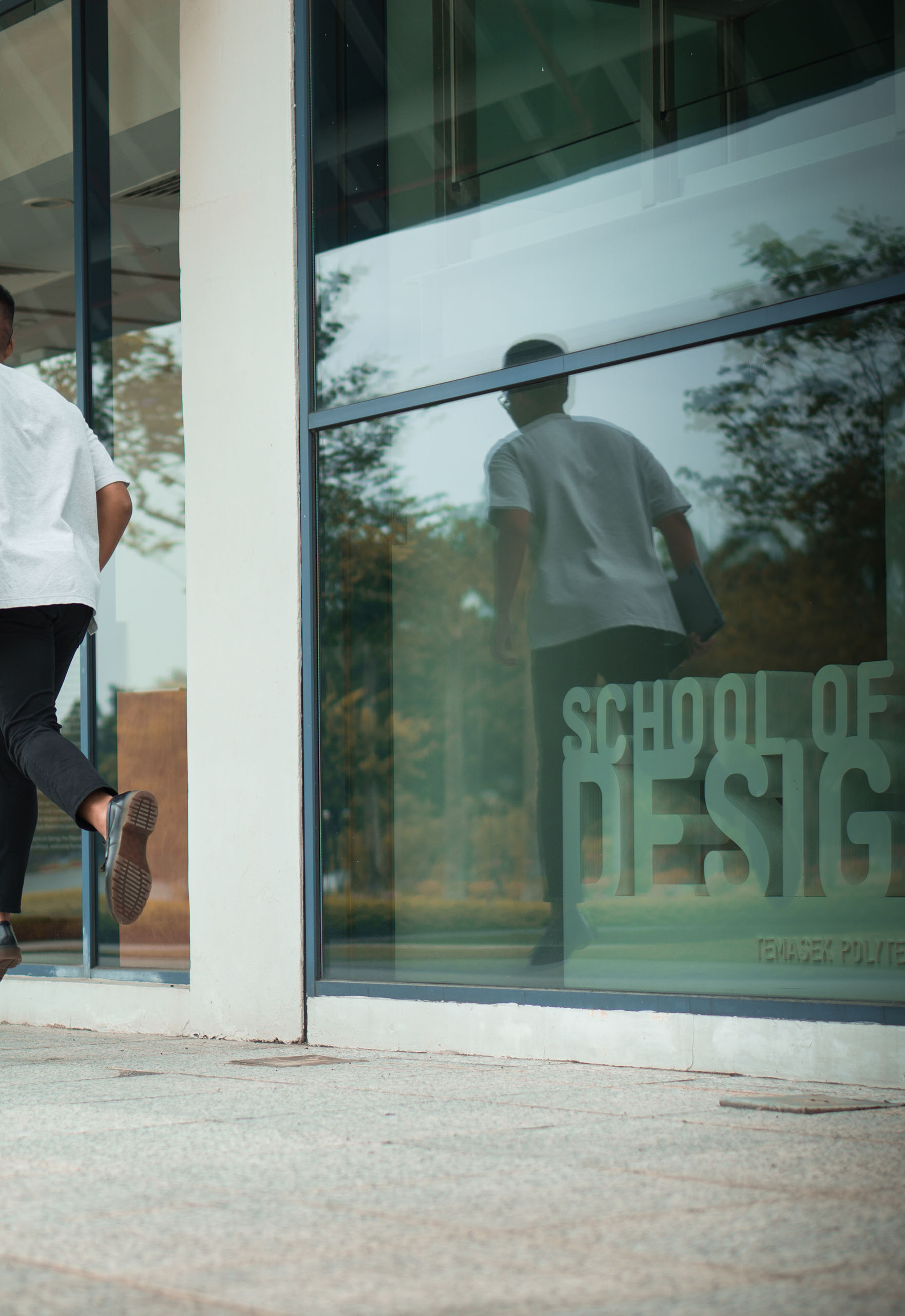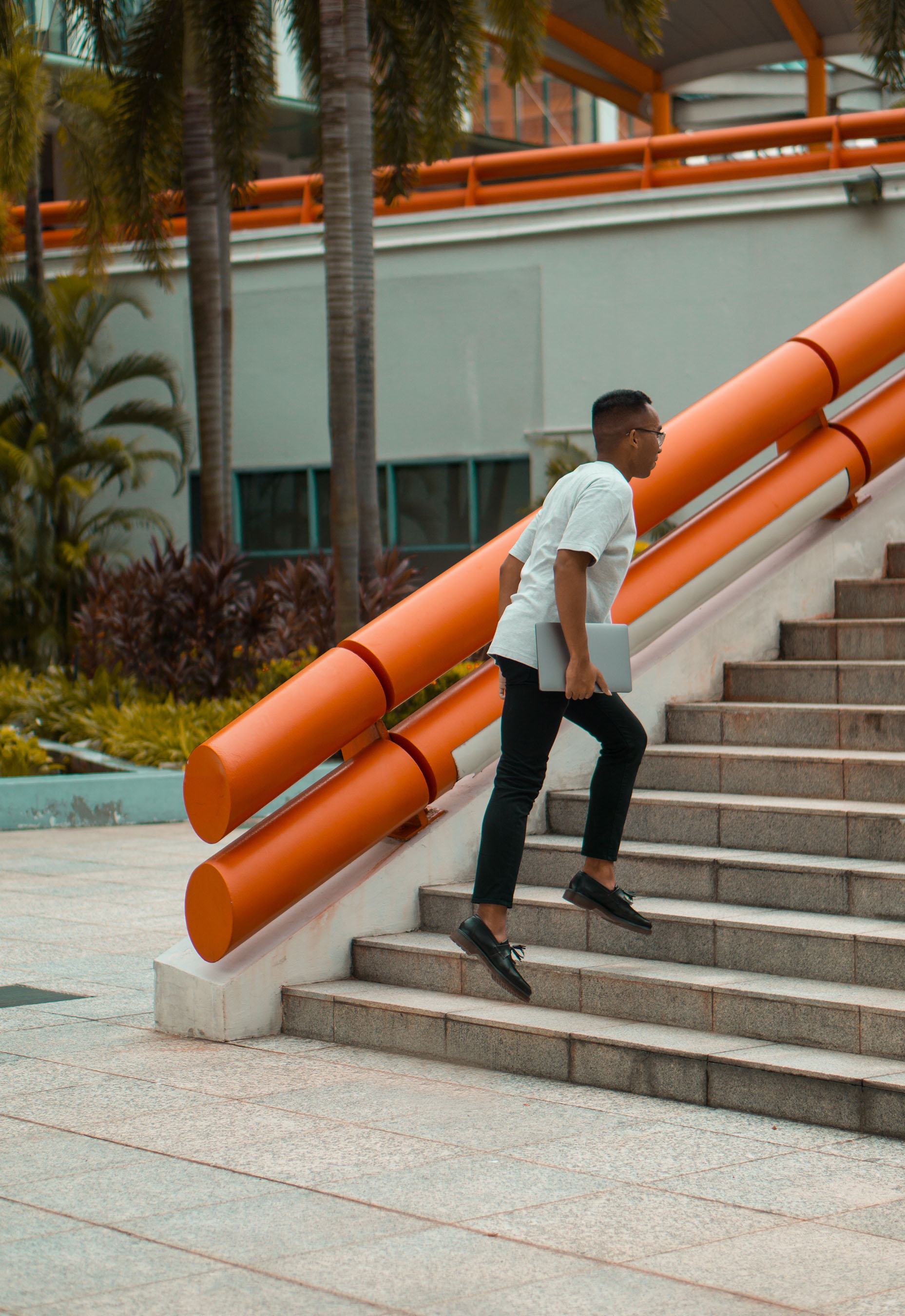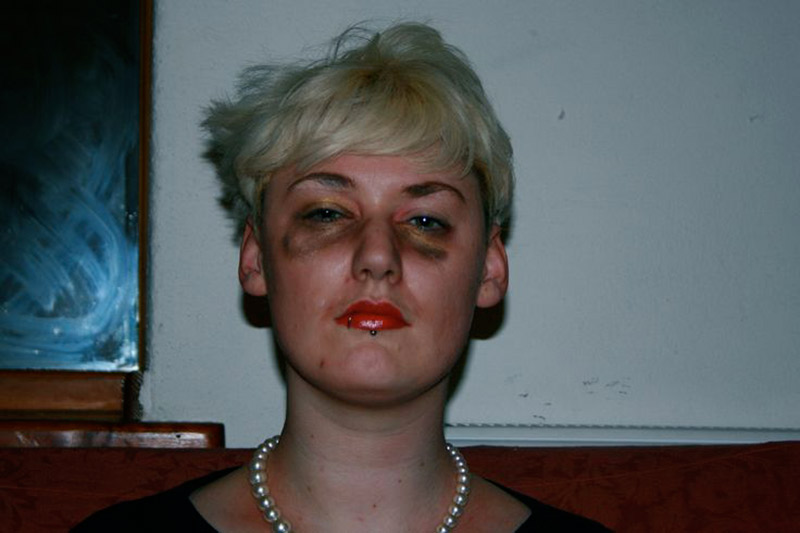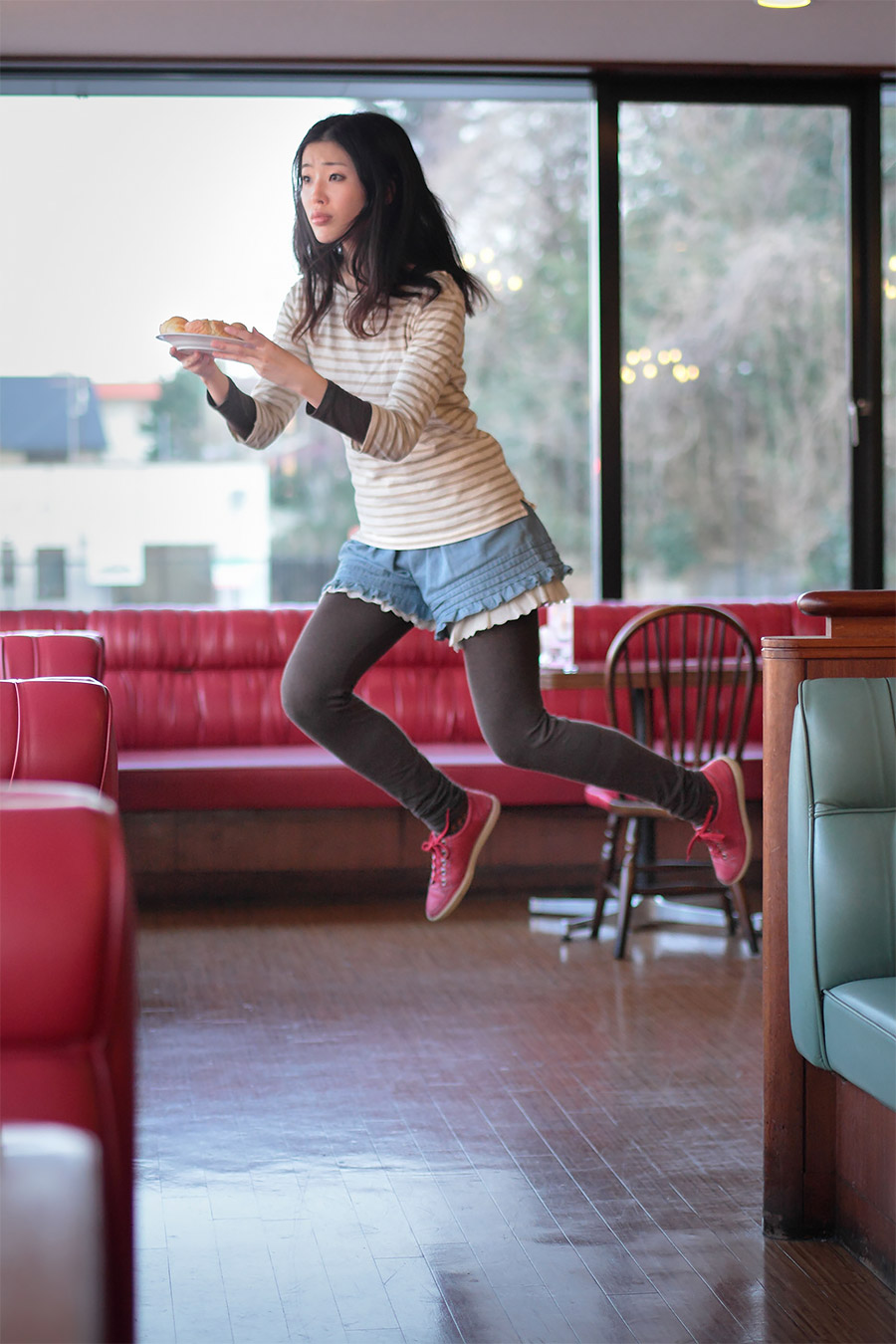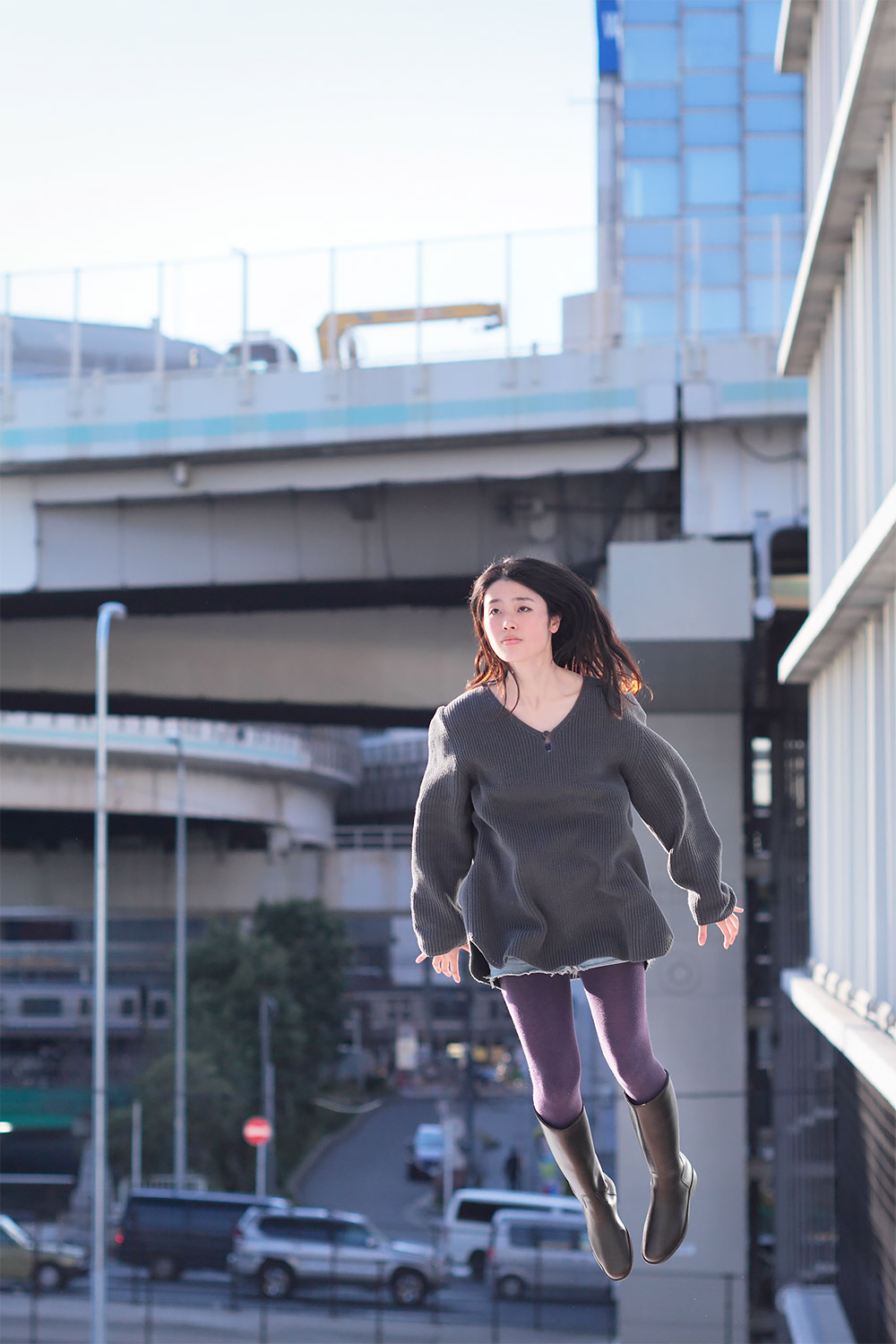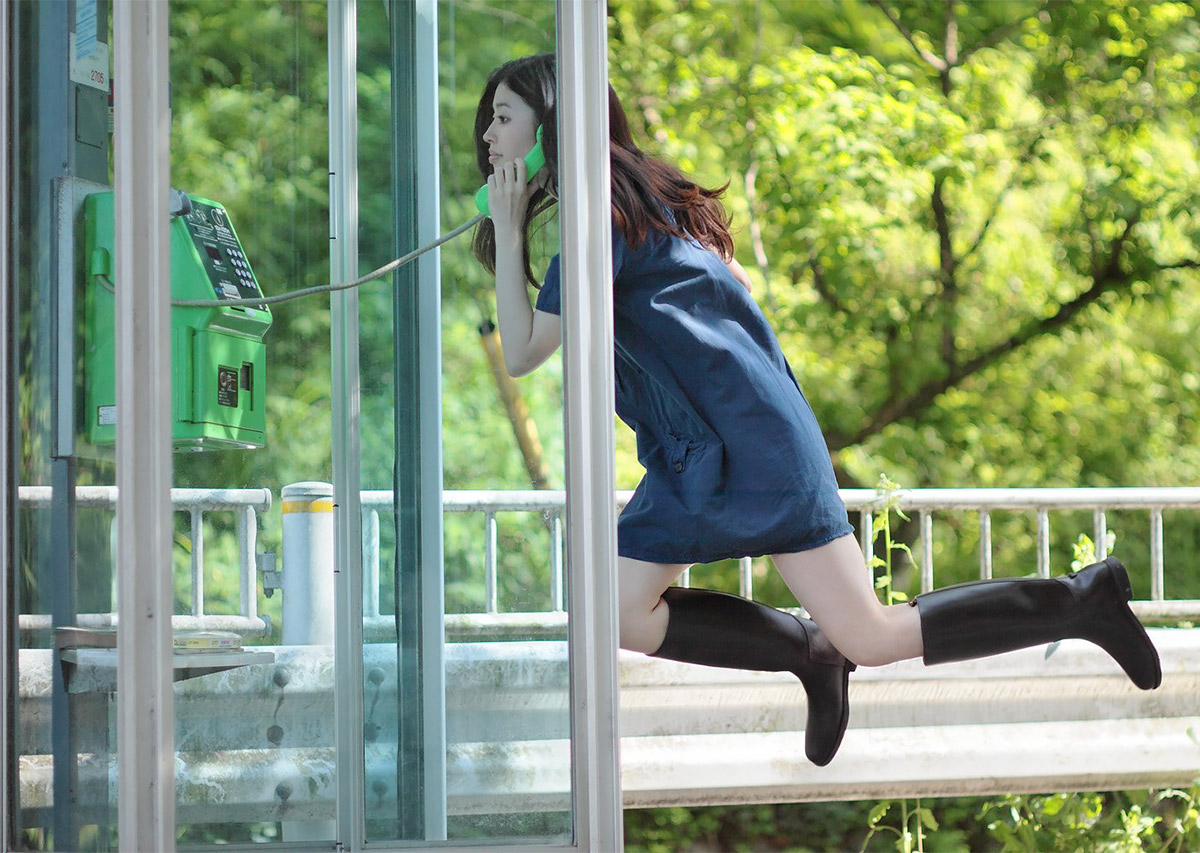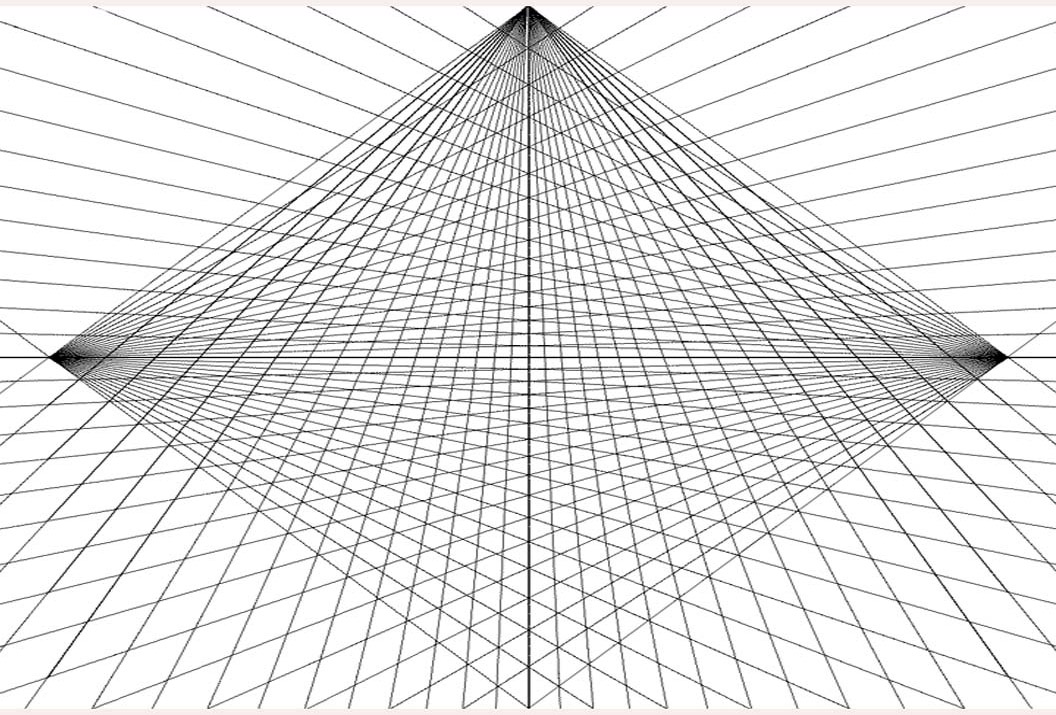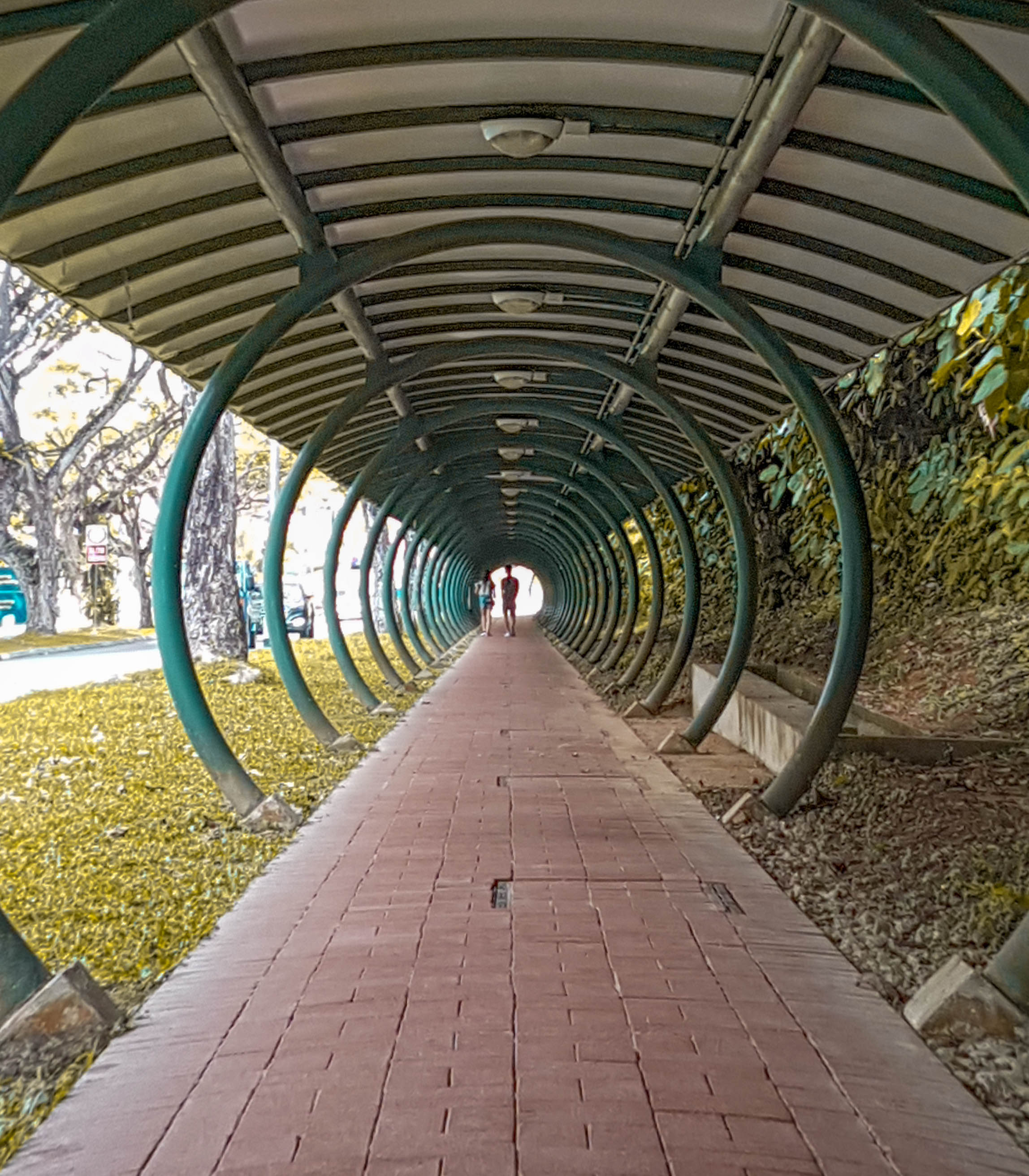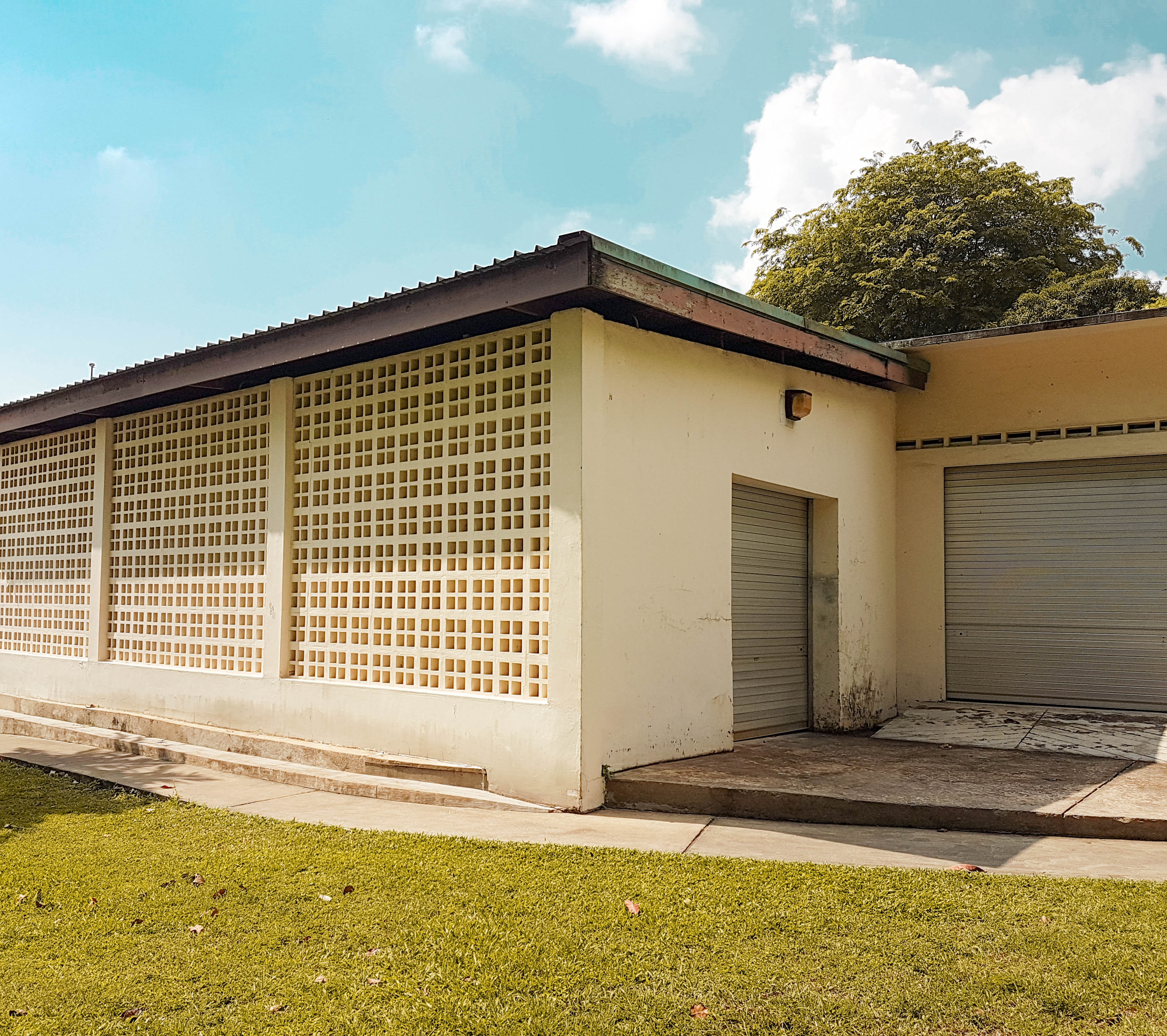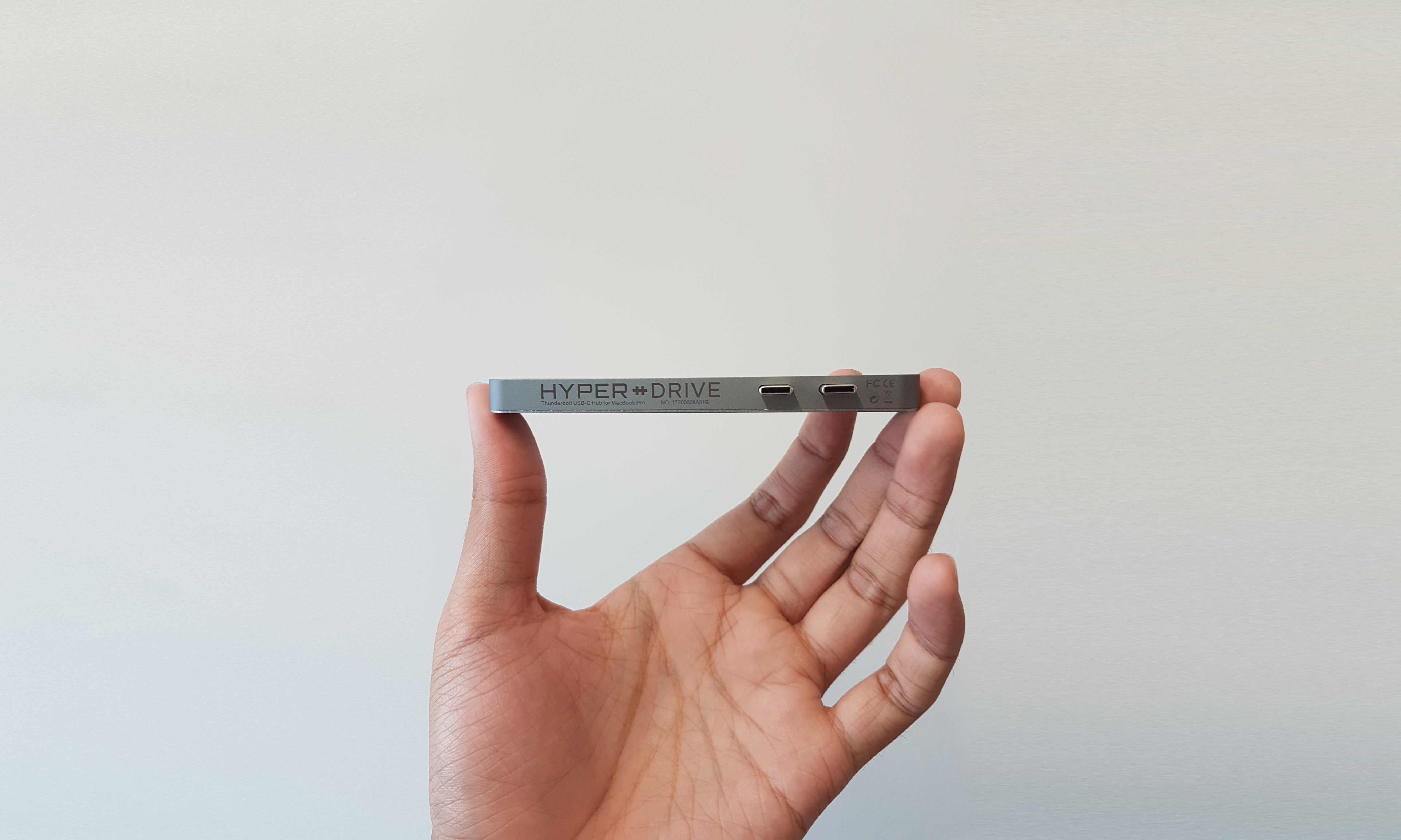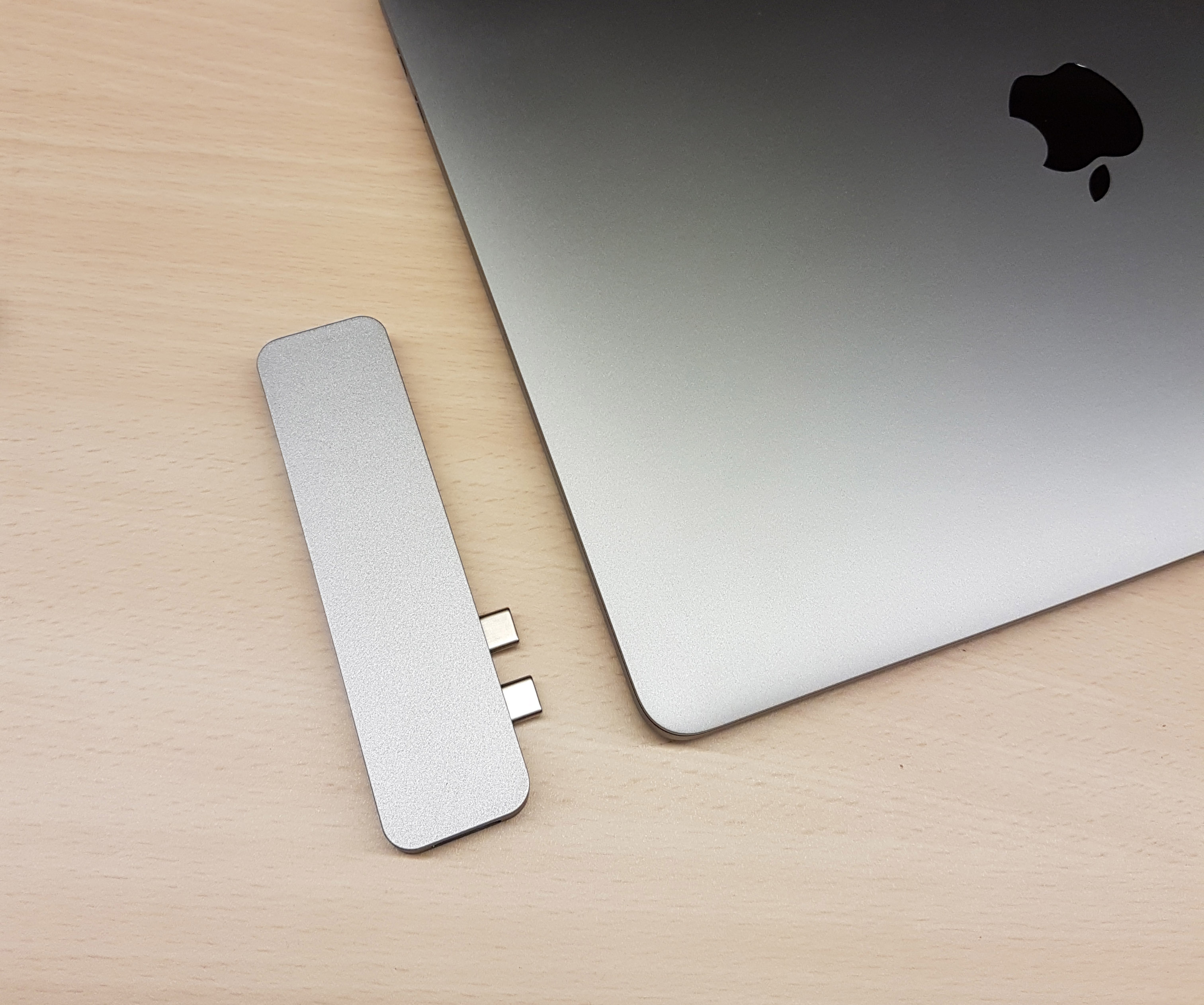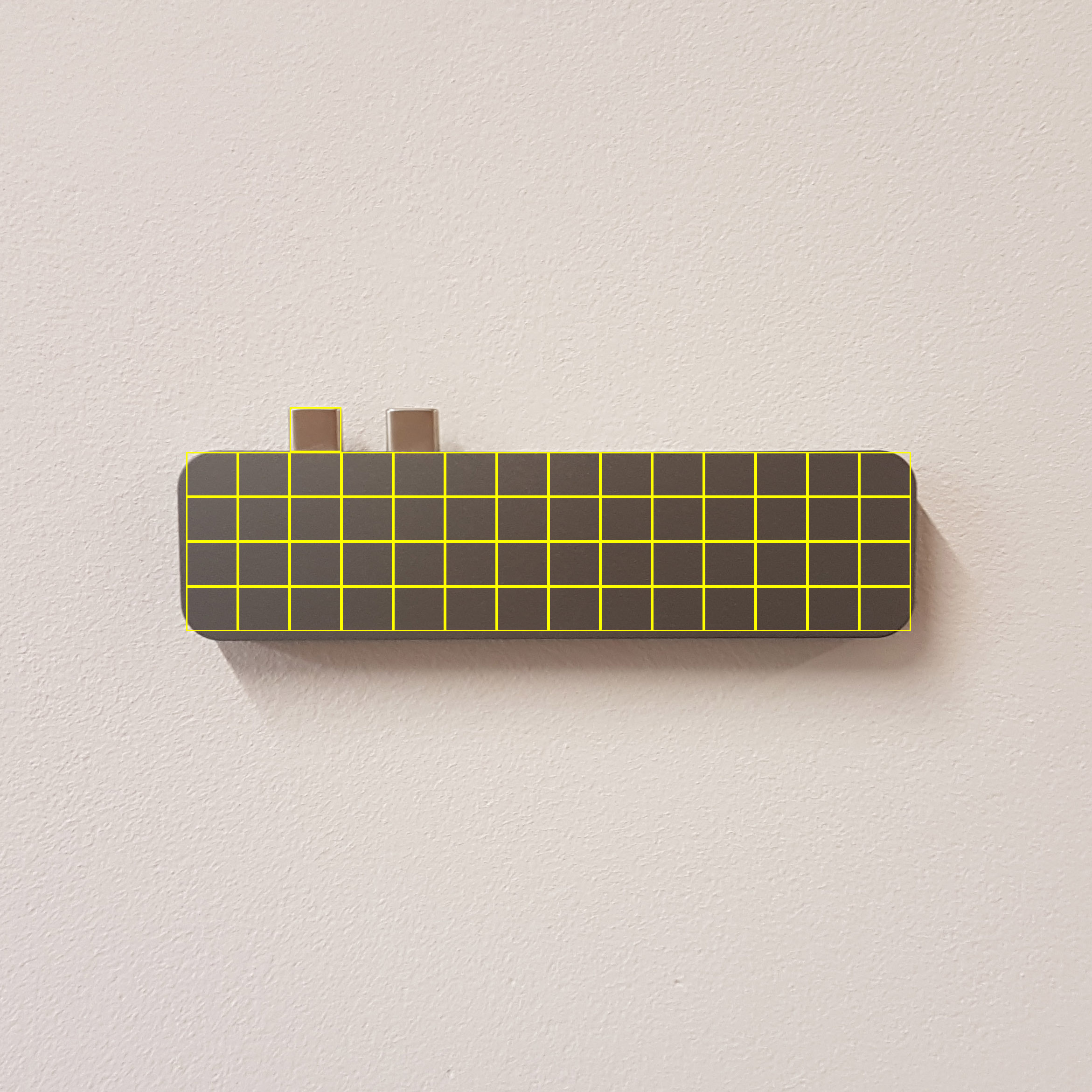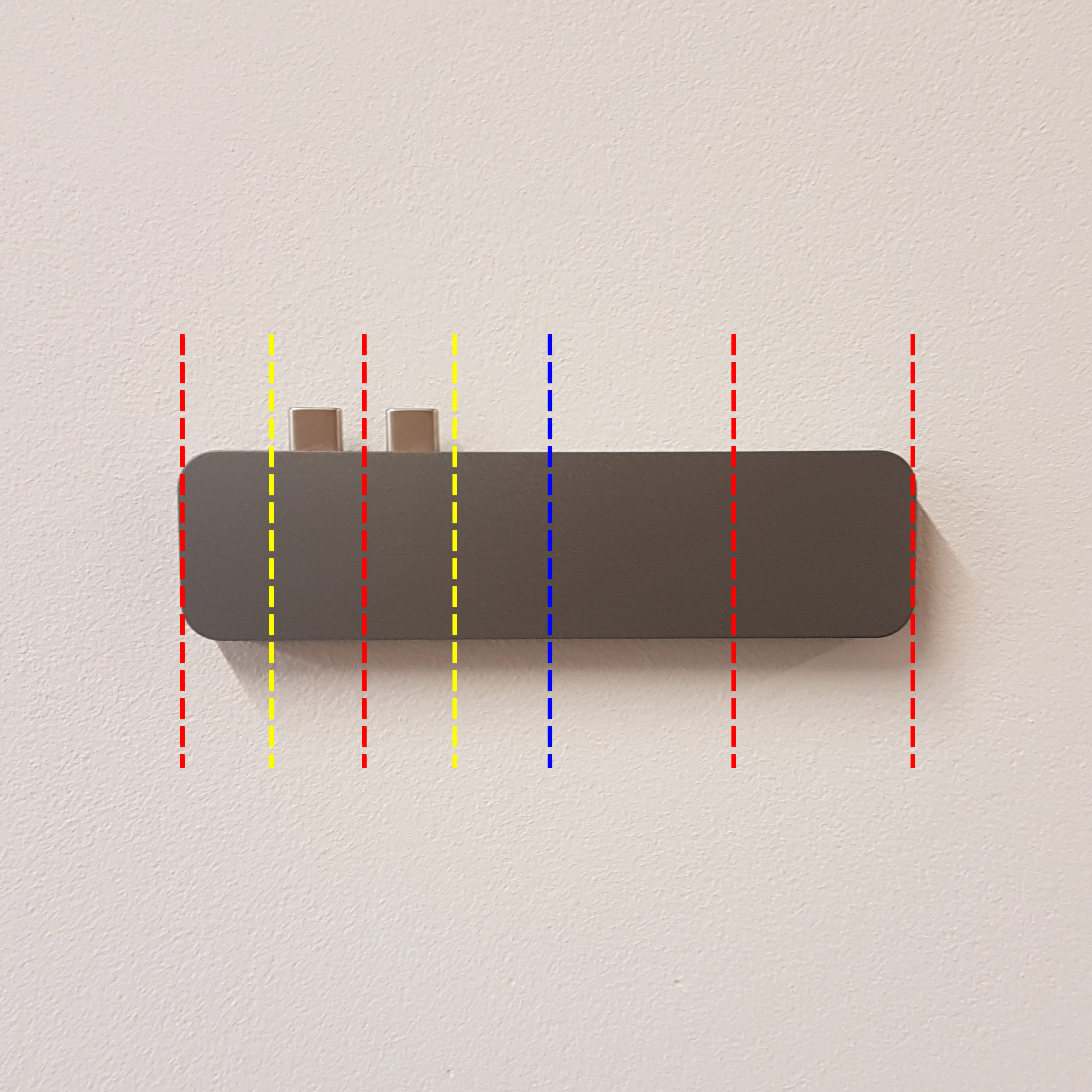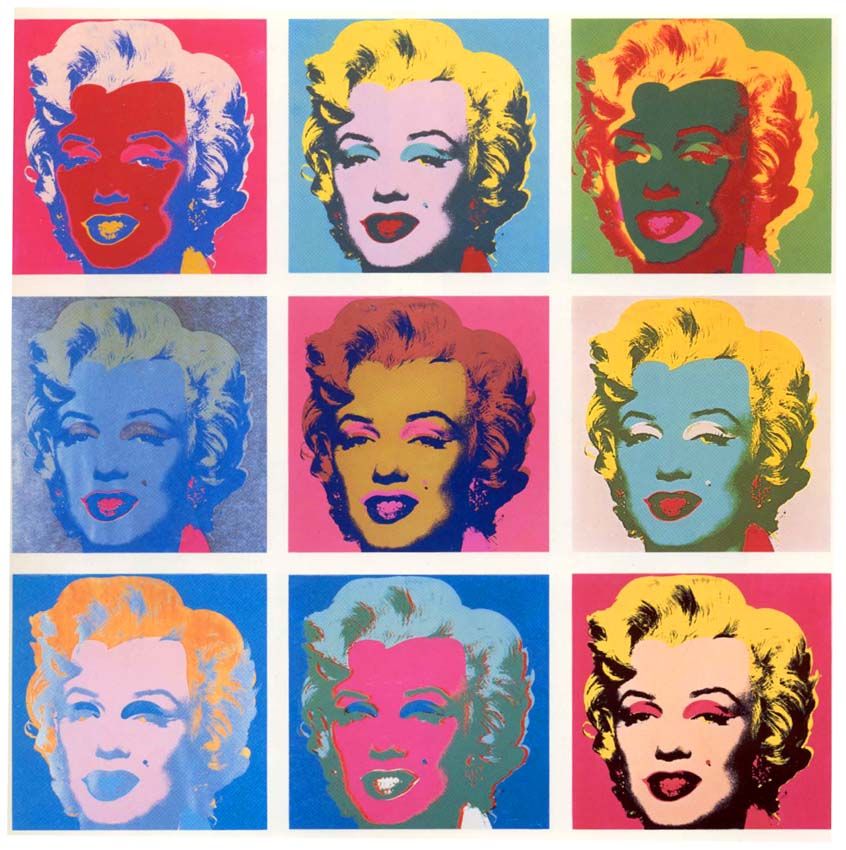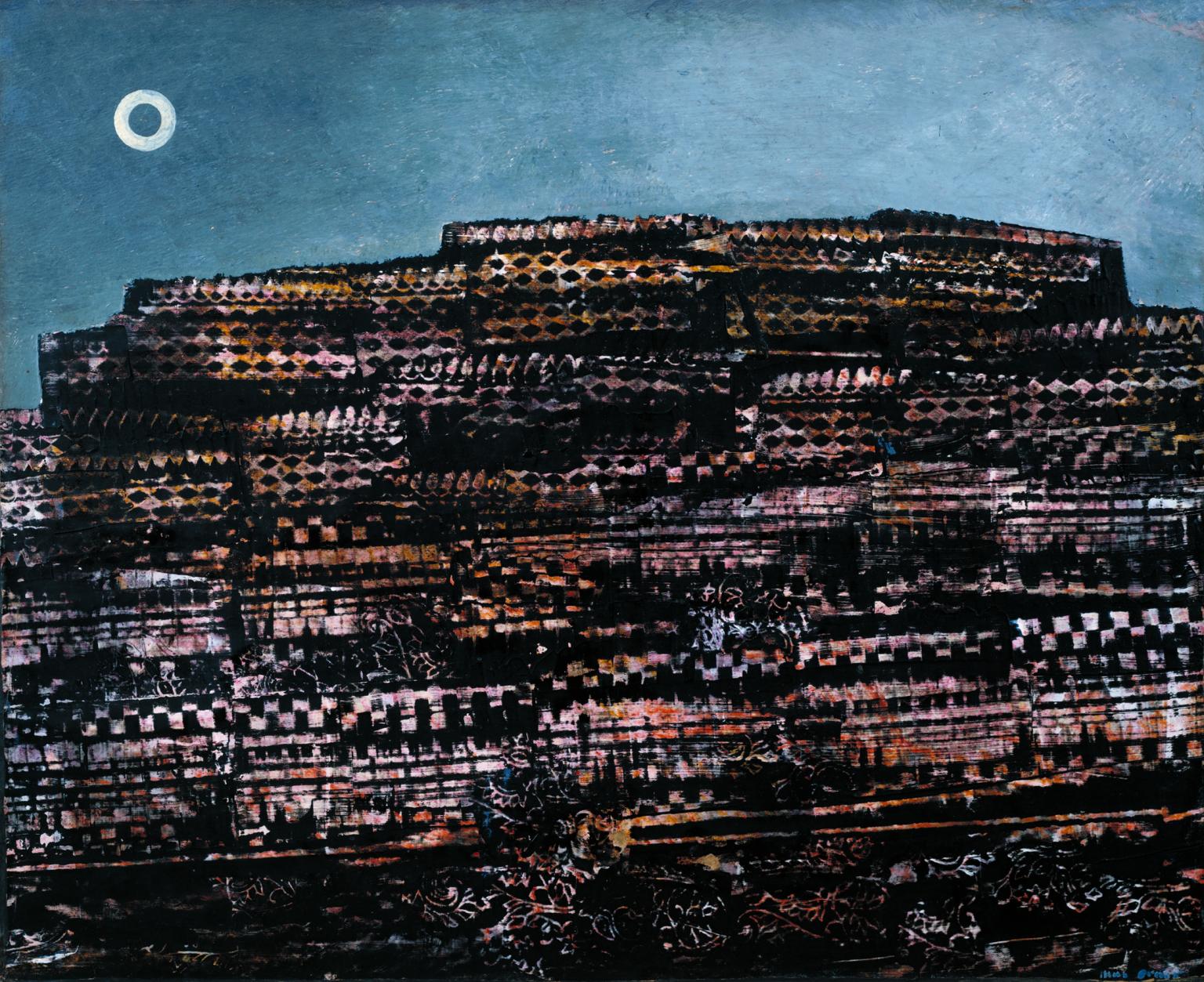
Task 1 – Object and representation of self
I bought my first camera using my own savings as a motivation and push to develop my photography skills further. Over the years I have slowly developed my photography skills by collaborating with various people in the photography industry as well as being able to work with different models and strangers that wouldn’t mind me taking photos of them. It has become a platform for me to socialise and open myself up to others, and when I work with others, not only do I learn and get to know them, I also get to know myself, my own limits and discoveries.
The camera grows with me, like how I always try to improve myself as a person, I also try to improve my photography skills. It has changed how I see things, like how my eyes will seem to frame objects and environments even when I do not have the camera with me. It has become something that I have been known for lately – a photographer – and it has become part of my identity.
I tried to achieve the style similar to Nan Goldin for this task by trying to include shadows and strong lighting in the photograph.
Figure 1.1 shows the camera against a neutral wall that has shadows of plants on it. It represents how I started my photography journey by taking pictures of plants, and nature and the environment.
In Figure 1.2, the use of light acts like a spotlight. The photographer is now in frame, in focus.
In Figure 1.3, i try to make it look like I’m an emerging photographer with the play of shadow across my face. The shadow of the camera in the background also symbolises the different cameras that i have worked with to make the photographer I am now.
Task 2 – My World
The location that I have picked is my polytechnic – Temasek Polytechnic, specifically the School of Design there. I chose it as a location as I feel like that is the place where i truly feel like i found myself and where i kickstarted my design journey.
Before I joined the school, I did not know what graphic design was or what the design industry was all about. All I know was that I needed to go towards an artistic direction in life because that was the one of the subjects that I was performing well in. Most of the people around me had no similar interests as me and i felt like i was alone in trying to pursuit something that i would love to do. No path ahead was clear to me at that time.
So I got to know about Temasek Polytechnic School of Design from my older sister, who was then doing Interior Design in that school. She felt like that was a good place to take my next step in education and Temasek Polytechnic has a well-known Design School. So after much contemplation, I decided to go for it, and jump into the industry.
That was a decision in life that I could not forget. When I was in school, I felt like I was among people that I could relate to. I wasn’t the outsider anymore, but rather part of a big family with the same mindset and thinking. Finally somewhere that I could fit in, somewhere I could be myself.
Figure 2.1 shows a common area in the school where designers go up the stairs to go to class. I’m shown leaping or jumping in the photo in this series, similar to Natsumi Hayashiara, as it symbolises me taking a leap into the design world. It also shows motion and movement symbolising the constant fast-paced lifestyle of the design industry, rushing to places for deadlines and submissions.
Figure 2.2 is a shot outside of the school and also shows me leaving the frame of the photograph. It symbolises me leaving the school. A reflection of me can also be seen in the glass window symbolising the school being my past, and my thoughts and memories are still with the school.
The vibrant colours in Figure 2.3 shows that a designer creates a colourful and interesting world. The upwards staircase motion shows my upwards journey to be a better designer.
The most challenging part of this assignment is the definitely the fact that I cannot fully be behind the camera the entire time. Taking pictures of myself is already a challenge by itself. I am unable to know how the frame will look like when the shot is being taken since I have to be the one in frame. Hence, I feel like this assignment is a real challenge and i wasn’t able to showcase my full photography ability.

